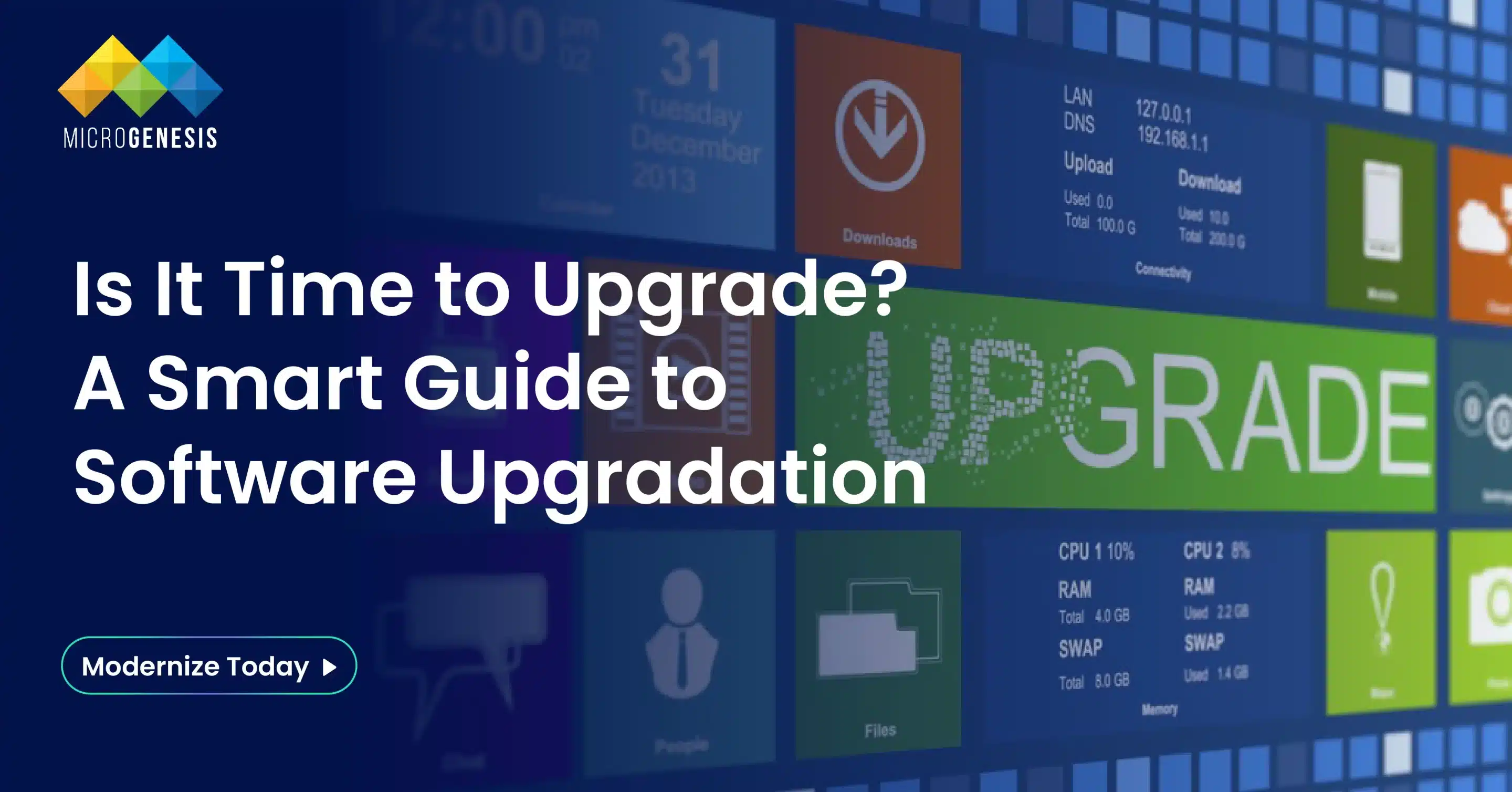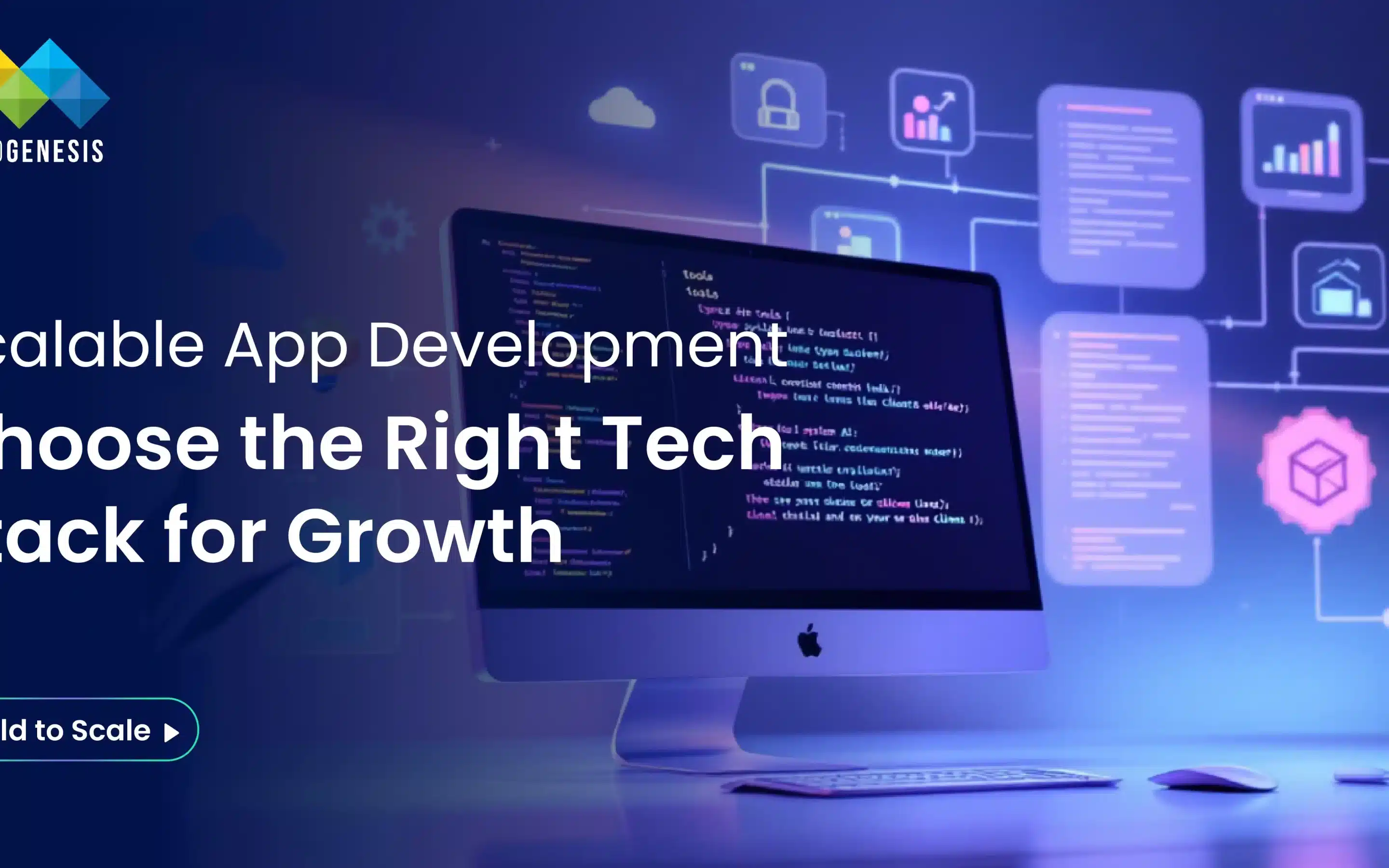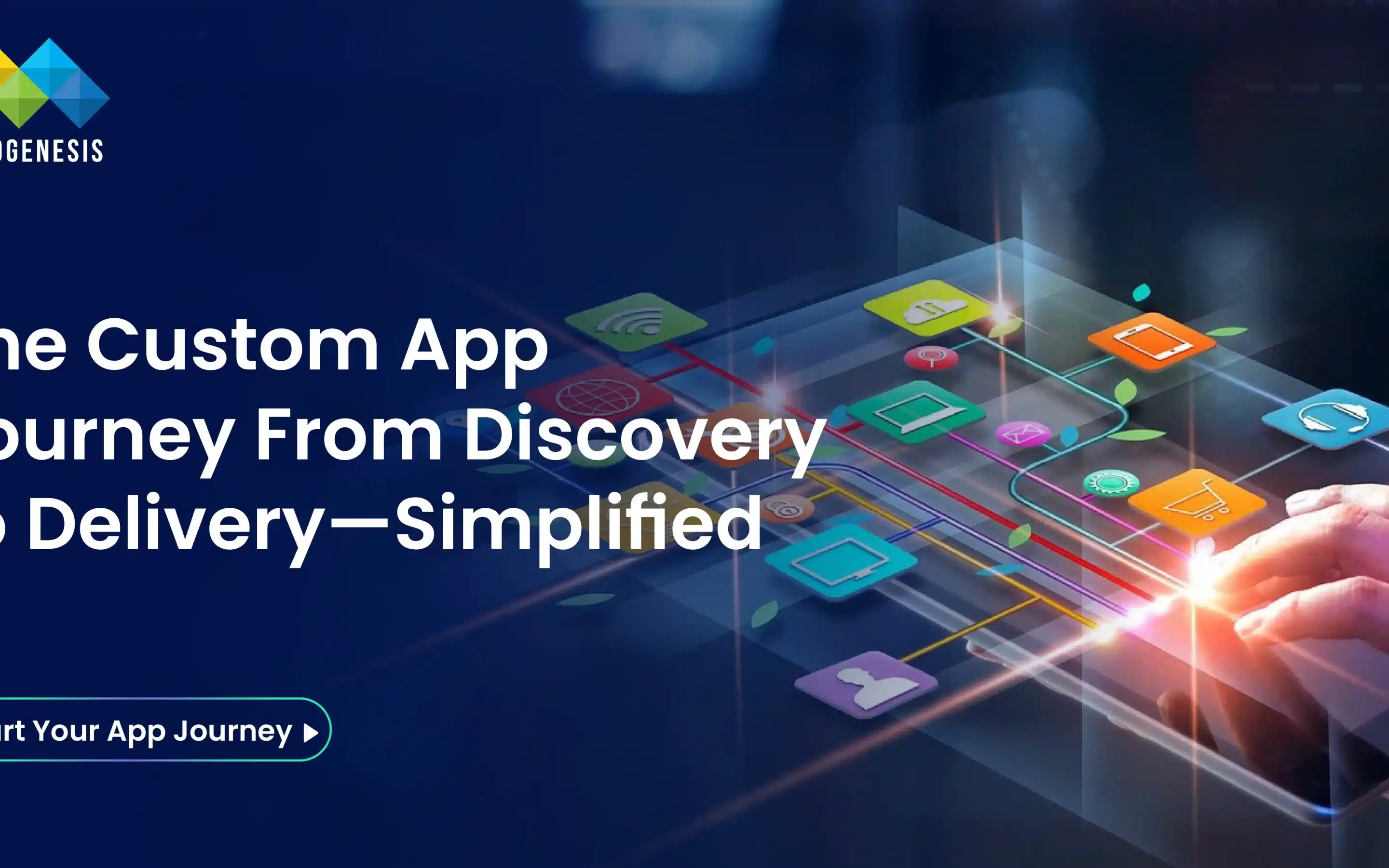In the ever-evolving digital landscape, outdated software can be a liability. Whether you’re dealing with sluggish performance, security vulnerabilities, or poor user experience, software upgradation is not just a technical improvement—it’s a business necessity. Organizations that delay upgrading their software often incur higher costs, miss growth opportunities, and risk falling behind competitors.
This blog offers a comprehensive guide on what software upgradation involves, why it’s essential, how to know it’s time to upgrade, and what the upgrade process typically entails.
What Is Software Upgradation?
Software upgradation is the process of enhancing an existing software system by updating its components—such as the codebase, UI/UX, databases, or infrastructure—to meet modern standards. It can range from simple version updates to a complete re-engineering of the application.
Upgrades may include:
- Migrating from legacy technologies (e.g., VB, Flash, .NET Framework) to modern stacks (.NET Core, Angular, React)
- Enhancing UI/UX for better usability
- Improving system performance and scalability
- Strengthening security and compliance features
- Adding new functionalities or integrations
Why Software Upgradation Is Critical
1. Security Risks
Legacy systems often lack support for current security protocols, making them vulnerable to breaches, malware, and data loss. Upgrading ensures access to the latest patches, encryption standards, and compliance with regulations like GDPR and HIPAA.
2. Performance Bottlenecks
Older software may struggle with response time, processing large data volumes, or handling multiple users. Upgrades allow for performance tuning, caching, and optimized architecture.
3. Incompatibility with Modern Systems
Outdated systems often fail to integrate with modern tools, APIs, or devices. Upgradation makes your software compatible with cloud services, mobile apps, and emerging technologies like AI and IoT.
4. High Maintenance Costs
Maintaining aging software is expensive due to scarce skillsets, recurring bugs, and manual workarounds. Upgraded systems are more stable and require less support.
5. Better User Experience
Modern users expect intuitive interfaces, mobile responsiveness, and accessibility. UI/UX modernization during upgradation can significantly enhance adoption and satisfaction.
6. Support for Business Growth
As your organization scales, outdated software can become a bottleneck. Upgraded systems are designed to handle increased load, new workflows, and multi-region operations.
Signs It’s Time for Software Upgradation
- Frequent Crashes or Downtime
- Inability to Add New Features or Integrations
- Complaints from Users About Performance or Usability
- Growing Security Concerns or Compliance Violations
- Obsolete Technologies or Lack of Vendor Support
- Data Silos or Integration Challenges
If any of these apply to your current system, it’s time to consider a structured upgradation plan.
Types of Software Upgradation
1. Technology Stack Upgrade
Switching to modern programming languages, frameworks, and databases.
- Example: Migrating from PHP 5 to Laravel or from .NET Framework to .NET Core.
2. UI/UX Modernization
Revamping the frontend to improve design, accessibility, and responsiveness.
3. Performance Optimization
Improving backend logic, database queries, and server configuration.
4. Infrastructure Modernization
Migrating to the cloud or adopting containerization using tools like Docker and Kubernetes.
5. Functional Enhancement
Adding new features based on evolving business requirements.
6. Security Hardening
Implementing SSL, OAuth, RBAC, and other security protocols.
The Software Upgradation Process
1. Assessment & Planning
- Conduct a gap analysis of current vs. desired state
- Identify technology limitations, user pain points, and business goals
- Define scope, risks, and budget
2. Architecture & Design
- Propose updated technology stack and data models
- Redesign workflows and UI/UX wireframes
- Establish infrastructure requirements
3. Development & Testing
- Code migration or redevelopment using Agile sprints
- Implement automated testing for functionality and performance
- Validate backward compatibility (if needed)
4. Deployment & Transition
- Use blue-green or phased rollout for minimal disruption
- Migrate data and integrate with third-party tools
- Train users and offer parallel system access (if applicable)
5. Support & Optimization
- Monitor system metrics (uptime, load, errors)
- Apply patches, resolve bugs, and plan future enhancements
Choosing the Right Partner for Software Upgradation
Partnering with an experienced software development firm can ensure a smooth upgrade without disrupting business continuity.
Read more: Top Custom Software Development Companies: How to Choose a Partner
What to Look For:
- Experience in legacy modernization
- Domain knowledge and compliance familiarity
- Full-service capabilities: design, development, DevOps, QA
- Strong project management and communication
A professional team not only upgrades your software but also helps future-proof it for evolving business and technical landscapes.
Case Study: Legacy CRM to Cloud-Based CRM
Client: Manufacturing Company
Challenge: On-prem CRM system with no mobile access or integration capabilities
Solution: Migrated to a custom cloud-based CRM with mobile support and API integrations
Outcome:
- Reduced IT maintenance by 40%
- Improved sales productivity through real-time data access
- Achieved compliance with ISO data standards
Conclusion
Delaying software upgradation can hurt performance, compliance, and growth. By proactively assessing your software landscape and planning for upgrades, you can unlock better functionality, reduced risk, and a stronger ROI.
Whether you need a small refresh or full-scale modernization, the key is to treat software upgradation as a strategic initiative—not just a technical task.
Ready to upgrade your software systems? Contact our team to begin with a no-obligation assessment.




